A water animal is a vertebrate or invertebrate animal that lives in water for a certain time or all of its life. Many insects, such as mosquitoes, dragonflies and caddis flies, begin their life cycle as water larvae before they turn into winged Checkout interesting animals that live in water.
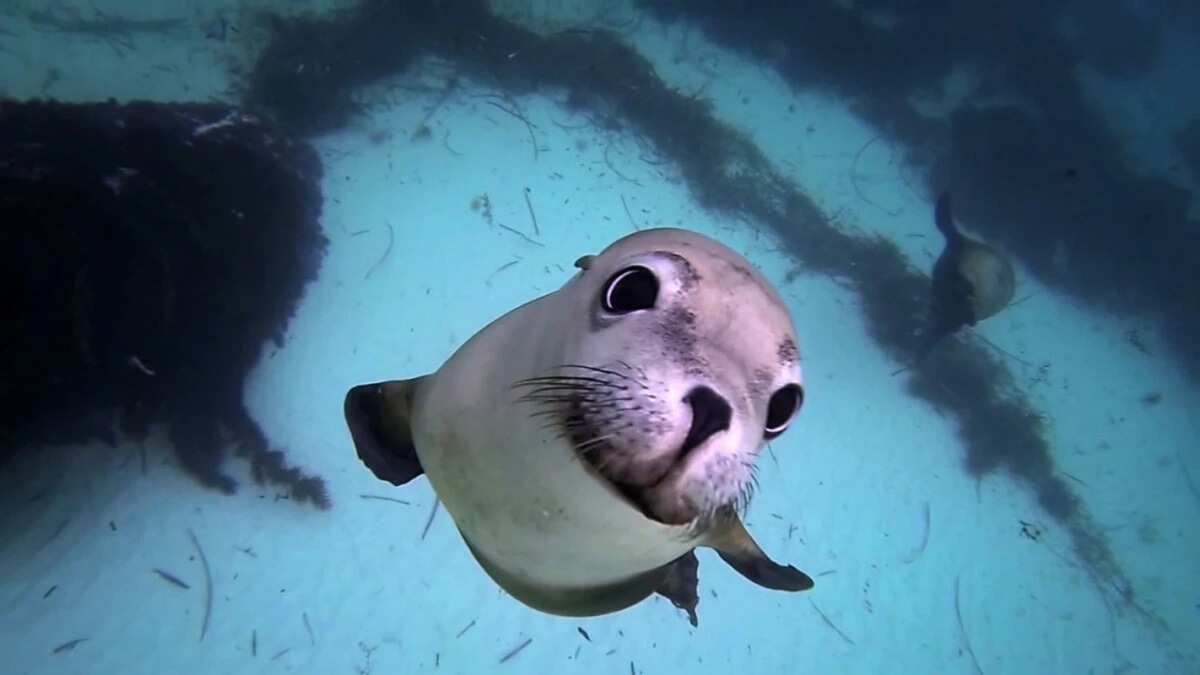
Water animals can breathe air or receive oxygen dissolved in water with the help of specialized organs called gills, or directly through the skin. The natural conditions and animals that live in them can be divided into two main categories: water or land. Checkout pictures of animals that live in water.
List of animals that live in water
1. Hippo
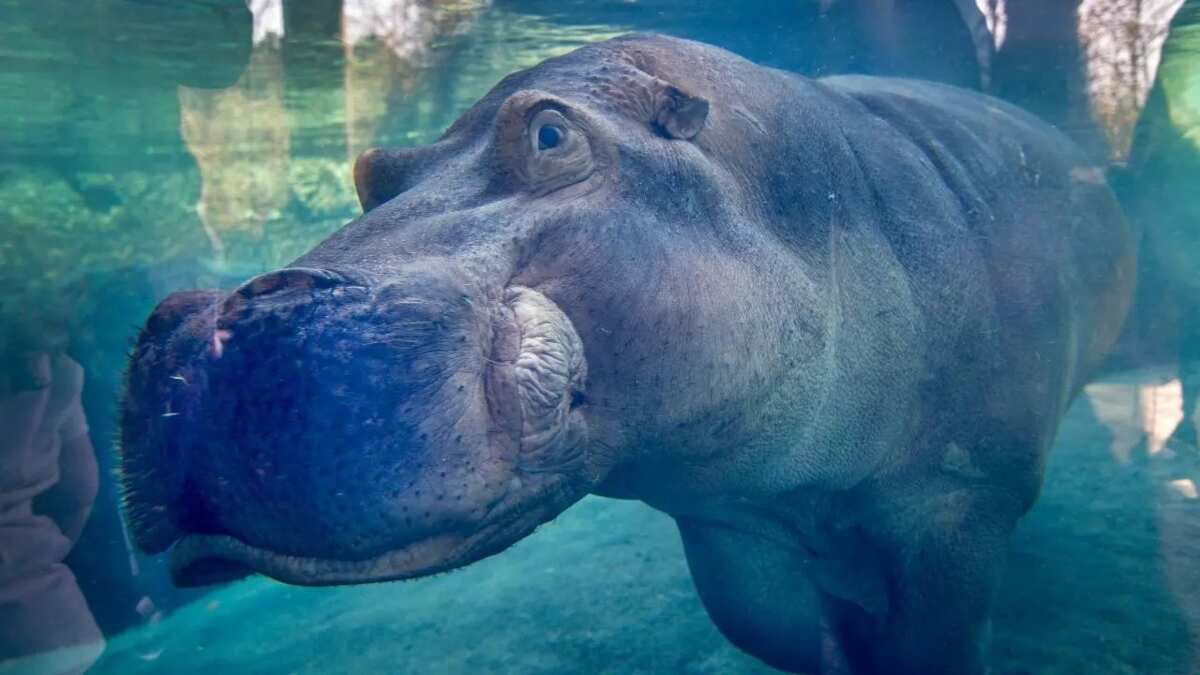
Hippos love to swim in the water so that only the head peeks out. These massive mammals cool their huge bodies every day in lakes, ponds and rivers up to 16 hours a day. Although these animals can hold their breath for about half an hour, they usually do not deep into the water completely under the water, leaving the top of the head on the surface. At night, the hippopotamuses leave the water and go out on land in search of food. If they stay too long on dry land on a hot day, they quickly dehydrate.

Read also
'Nobody knows where their village is': New inland sea swamps Pakistan
2. Manatee

READ ALSO: Top 10 weird animals and their homes
Manatees like slow swimming along shallow and warm coastal waters and rivers. For example, clear river in Florida. The large mammals weigh up to 1,300 pounds or 600 kg and are born underwater and remain in it throughout their life, although they have to surf every few minutes for a breath of air. Known as sea cows, they are insatiable herbivores, feeding on various species of seagrasses, weeds, and algae.
Several different species of manatees live along the Atlantic coast of North and South America, the west coast of Africa, and the Amazon River.
3. The muskrat

The muskrat or ondatras are frequent inhabitants of wetlands, swamps, and ponds, where they make holes for themselves, breaking through tunnels in swampy banks. This large rodent has a body length of 30 cm. as well as a flat tail almost the same length as its body. Ondatras are well adapted to water and begin to swim 10 days after birth. Perhaps the muskrats are most famous for their developed communication skills, they exchange information with each other and frighten predators with their pronounced smell.

Read also
Bolivian indigenous women break barriers through mountaineering
4. Baikal seals
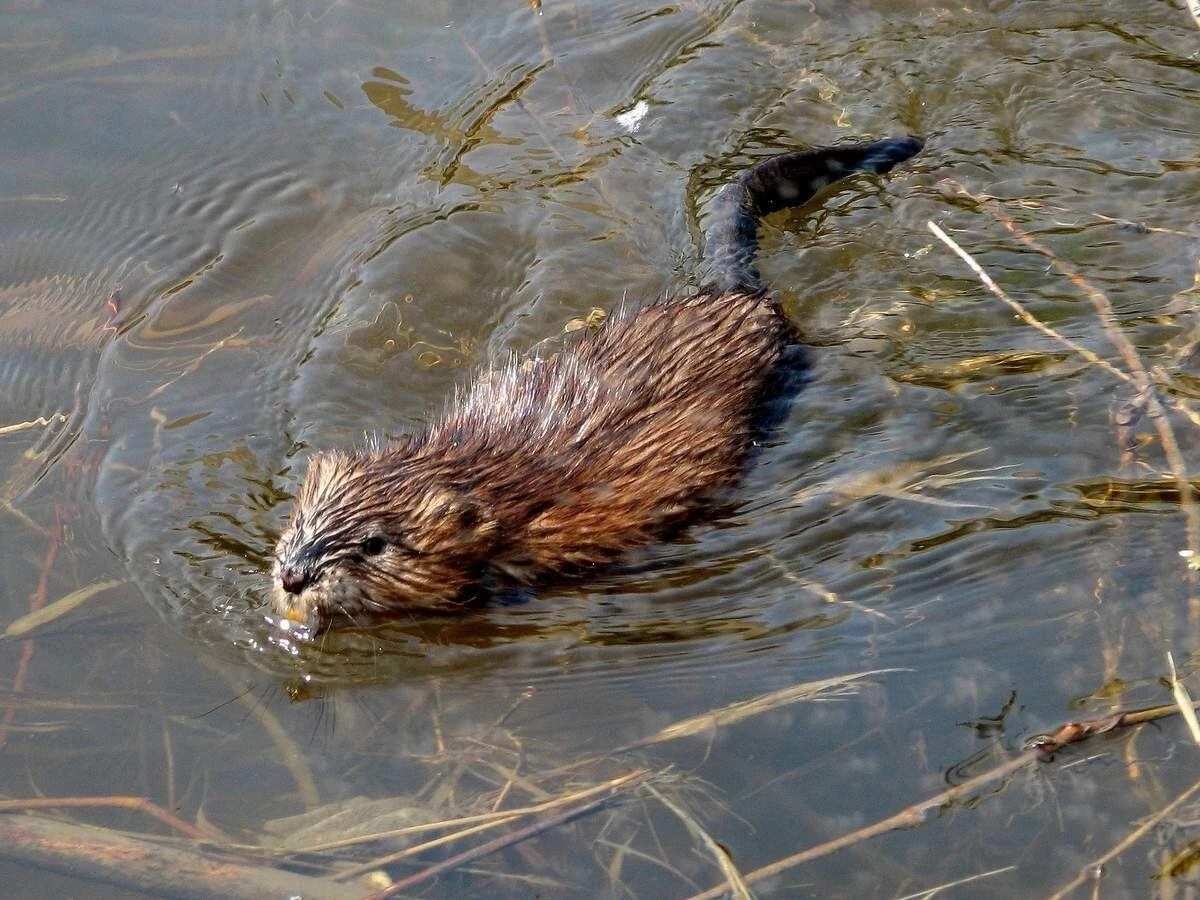
In the world there is a large number of seals, but only one of their species is a real freshwater animal - this is the Baikal seal. These seals live in the lake of the same name in Russia, the lake is also the deepest in the world. Although new generations of Baikal seals are born every year, this species is not seriously threatened. The main threats are poaching, as well as pollution from paper and cellulose industries that are near the lake.
5. The Amazonian dolphin

To track down food (small fish and crustaceans) in the turbid waters of the river, the charismatic Amazonian dolphin uses echolocation. During annual leashes, these dolphins actually swim in flooded forests and hunt among trees. A bright hue (often pink or very pale) and the natural curiosity of this species of dolphins makes them easy prey for poacher fishermen who illegally catch them to use as bait for catfish. The population of these animal has significantly decreased in recent years. Among the locals inhabiting the shores of the Amazon, these dolphins have long been considered supernatural beings who could take on a human face.

Read also
Shame, misery as Pakistan floods leave many without toilets
6. Capybara
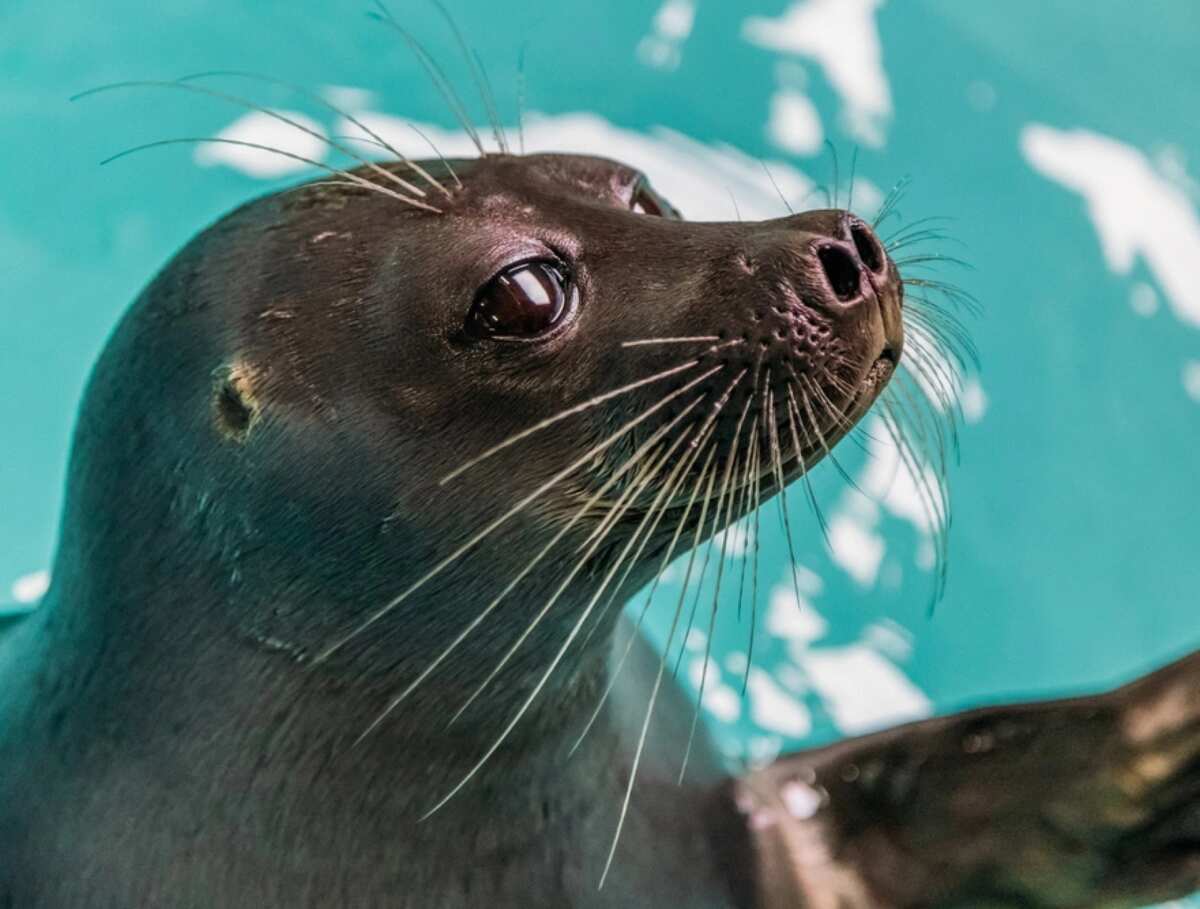
The largest rodent in the world, capybara, grows to 4 feet long (130 cm) and weighs about 145 pounds (66 kg). These moisture-loving mammals reach this size by eating grass and water plants.
In most cases, these mammals live in watery terrain, to which they are physically well adapted. They have membranous paws, thanks to which they swim well and can be under water for five minutes or more. Capybara live in Central and South America, inhabiting the lakes, rivers, and wetlands of Panama and south of Brazil.
The eyes, ears, and nostrils of the capybara are located high on the head, so they remain on the surface when the animal is in the water. These social mammals move around and live in groups where the alpha male predominates, and they also protect the territory of their residence and food together. People hunt (and grow) capybara for their skin and meat, which is especially popular during Lent. Catholics in South America consider this animal an acceptable alternative to beef or pork.

Read also
Engineers breach Pakistan lake as flood misery grows for millions
7. Beaver
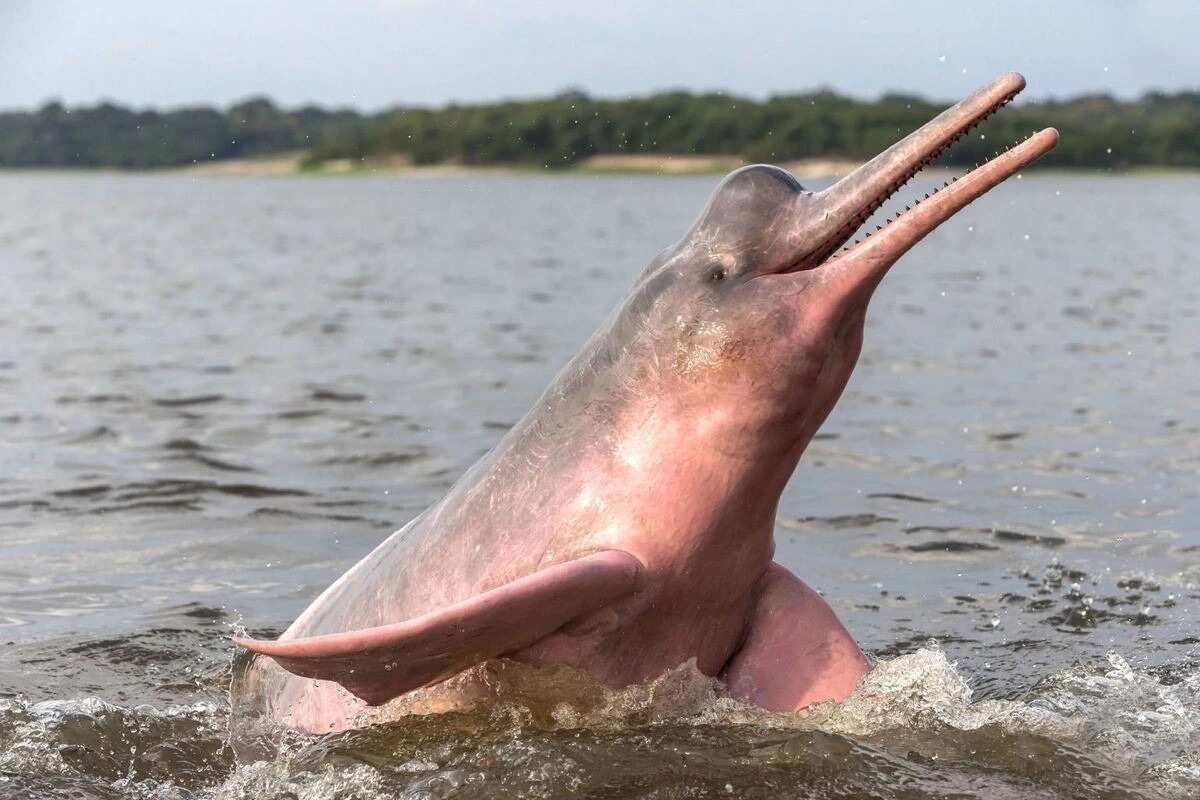
READ ALSO: Major differences between plants and animals
Beavers are environmental engineers, second after a human being in their ability to significantly change the landscape to their liking. Using their powerful jaws and teeth, they cut down dozens of trees and build dams of wood and mud from 2 to 10 feet (1-3 meters) in height and more than 100 feet (30 meters) in length.
8. River otter

This sleepy river otter is actually very playful. The hygrophilous mammal always willingly submerges under water and can gracefully move thanks to its webbed paws and paddle tail. Otters have a special structure of ears and nostrils that close under the water, as well as water-repellent fur. Young otters begin to swim at the age of 2 months. River otters live in burrows along the edges of rivers or lakes in the immediate vicinity of the fish they feed on.

Read also
Relief and desperation in Pakistan's makeshift flood camps
9. Platypus

The platypus is an incredible mixture of different animals: its fluffy trunk resembles an otter's body, a beak - a duck, and webbed paws and a paddle like tail - beaver. Like all these animals, the platypus swims well and spends most of its life underwater. Unlike otters and beavers, they lay eggs. Males of the platypus have poisonous stings on their hind legs. These animals build their holes at the very edge of the water and feed on underwater worms, mollusks and insects.
In the water, a completely different world reigns: the special flora and fauna, represented by many varieties, has not revealed even half of their secrets to mankind. Every year, thanks to developing technologies, scientists manage to explore new areas and discover unique species and names of animals that live in water!
READ ALSO: Classification of farm animals based on their uses
Source: Legit.ng
ncG1vNJzZmivp6x7rbHGoqtnppdkfnKEj3FvbGVpYq6vtcyao6xlnJ7DpnnWmqueql6dwa64